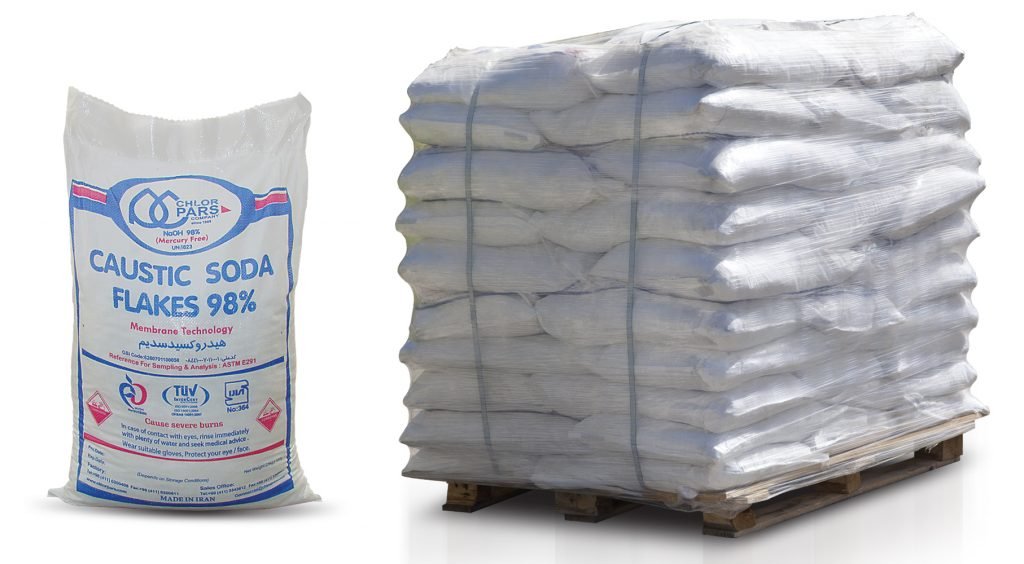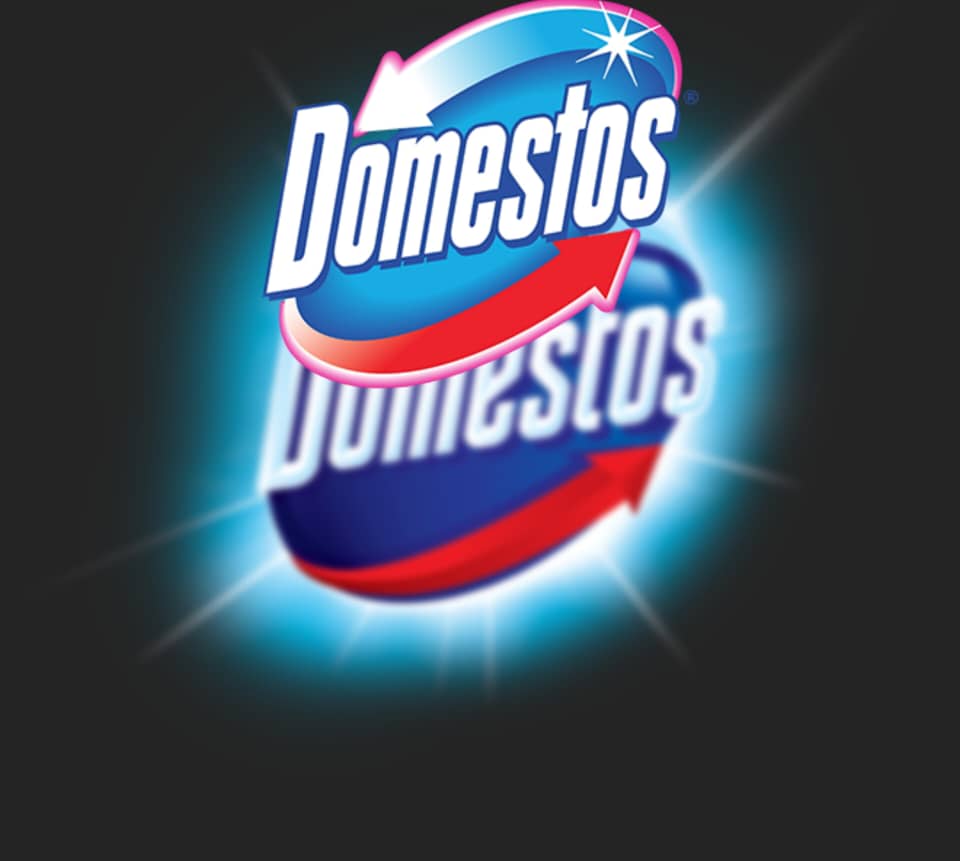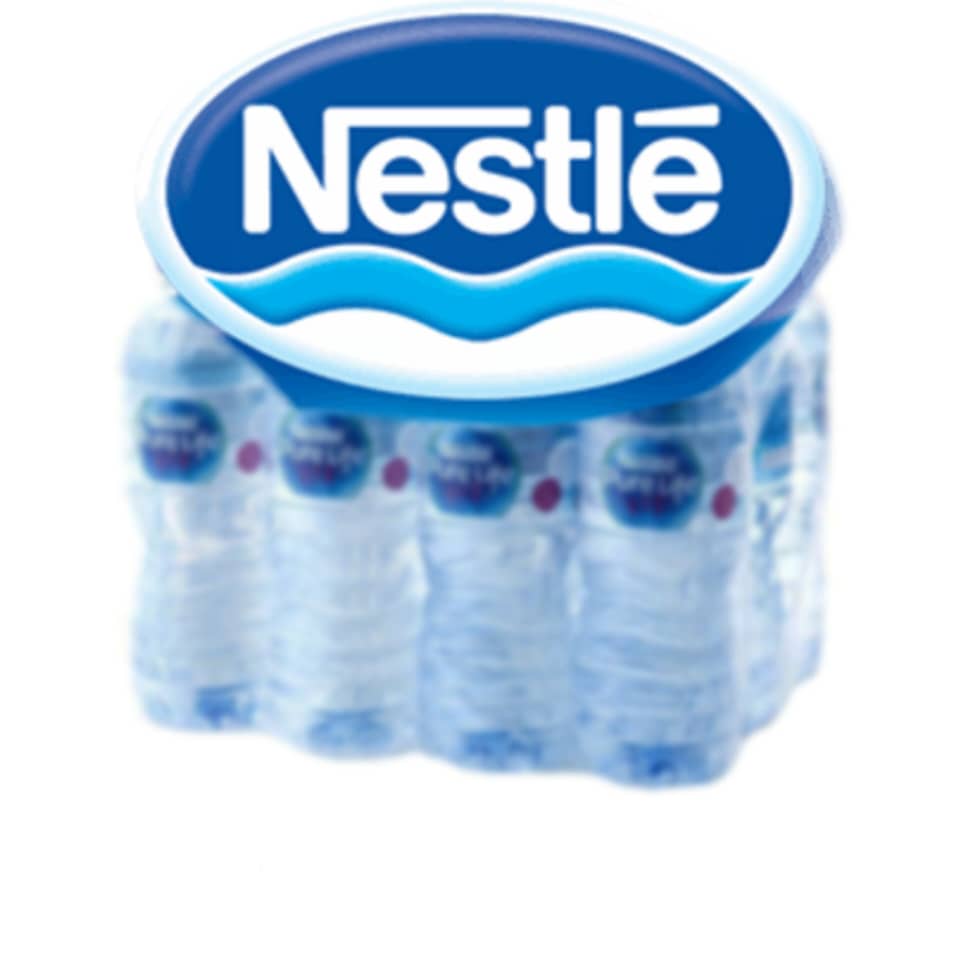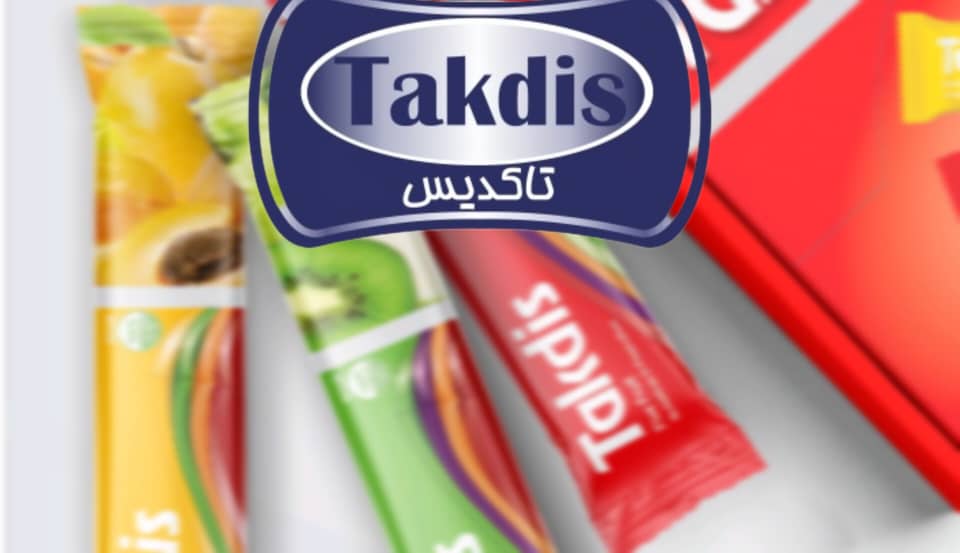
- Seen : 1142 View
Sodium hydroxide, also known as lye and caustic soda, is an inorganic compound with formula NaOH. It is a white solid ionic compound consisting of sodium cations Na+
and hydroxide anions OH-.
Sodium hydroxide is a highly caustic base and alkali, that decomposes proteins at ordinary ambient temperatures and may cause severe chemical burns. It is highly soluble in water and readily absorbs moisture and carbon dioxide from the air. It forms a series of hydrates NaOH·nH2O. The monohydrate sodium hydroxide (NaOH·H2O) crystallizes from water solutions between 12.3 and 61.8 °C.
The commercially available "sodium hydroxide" is often this monohydrate, and published data may refer to it instead of the anhydrous compound.
Sodium hydroxide is used in many industries in the manufacture of pulp and paper, textiles, drinking water, soaps and detergents and as a drain cleaner.
Sodium hydroxide can form several hydrates(NaOH·nH2O), which result in a complex solubility diagram that was described in detail by S. U. Pickering in 1893. The known hydrates and the approximate ranges of temperature and concentration (mass percent of NaOH) of their saturated water solutions are:
Hepta hydrate, NaOH·7H2O: from -28 °C (18.8%) to -24 °C (22.2%).
Penta hydrate, NaOH·5H2O: from -24 °C (22.2%) to -17.7 (24.8%).
Tetra hydrate, NaOH·4H2O, α form: from ?17.7 (24.8%) to +5.4 °C (32.5%).
Tetra hydrate, NaOH·4H2O, ß form: metastable.
NaOH·3.5H2O: from +5.4 °C (32.5%) to +15.38 °C (38.8%) and then to +5.0 °C (45.7%).
Tri hydrate, NaOH·3H2O: metastable
Di hydrate, NaOH·2H2O: from +5.0 °C (45.7%) to +12.3 °C (51%).
Monohydrate, NaOH·H2O: from +12.3 °C (51%) to 65.10 °C (69%) then to 62.63 °C (73.1%).
Early reports refer to hydrates with n = 0.5 or n = 2/3, but later careful investigations failed to confirm their existence.
The only hydrates with stable melting points are NaOH·H2O (65.10 °C) and NaOH·3.5H2O (15.38 °C). The other hydrates, except the metastable ones NaOH·3H2O and NaOH·4H2O (ß) can be crystallized from solutions of the proper composition, as listed above. However, solutions of NaOH can be easily super cooled by many degrees, which allows the formation of hydrates (including the metastable ones) from solutions with different concentrations.
For example, when a solution of NaOH and water with 1:2 mole ratios (52.6% NaOH by mass) is cooled, the monohydrate normally starts to crystallize (at about 22 °C) before the dihydrate. However, the solution can easily be supercooled down to -15 °C, at which point it may quickly crystallize as the dihydrate. When heated, the solid dihydrate might melt directly into a solution at 13.35 °C; however, once the temperature exceeds 12.58 °C, it often decomposes into solid monohydrate and a liquid solution. Even the n = 3.5 hydrate is difficult to crystallize because the solution supercools so much that other hydrates become more stable.
A hot water solution containing 73.1% (mass) of NaOH is an eutectic that solidifies at about 62.63 °C as an intimate mix of anhydrous and monohydrate crystals.
A second stable eutectic composition is 45.4% (mass) of NaOH, that solidifies at about 4.9 °C into a mixture of crystals of the dihydrate and of the 3.5-hydrate.
The third stable eutectic has 18.4% (mass) of NaOH. It solidifies at about -28.7 °C as a mixture of water ice and the heptahydrate NaOH·7H2O.
When solutions with less than 18.4% NaOH are cooled, water ice crystallizes first, leaving the NaOH in solution.
The α form of the tetrahydrate has density 1.33 g/cm3. It melts congruously at 7.55 °C into a liquid with 35.7% NaOH and density 1.392 g/cm3, and therefore floats on it like ice on water. However, at about 4.9 °C it may instead melt incongruously into a mixture of solid NaOH·3.5H2O and a liquid solution.
The ß form of the tetrahydrate is metastable, and often transforms spontaneously to the ? form when cooled below -20 °C. Once initiated, the exothermic transformation is complete in a few minutes, with a 6.5% increase in volume of the solid. The ß form can be crystallized from supercooled solutions at -26 °C, and melts partially at -1.83 °C.
The "sodium hydroxide" of commerce is often the monohydrate (density 1.829 g/cm3). Physical data in technical literature may refer to this form, rather than the anhydrous compound.
The monohydrate crystallizes in the space group Pbca, with cell dimensions a = 1.1825, b = 0.6213, c = 0.6069 nm. The atoms are arranged in a hydrargillite-like layer structure /O Na O O Na O/... Each sodium atom is surrounded by six oxygen atoms, three each from hydroxyl anions HO- and three from water molecules. The hydrogen atoms of the hydroxyls form strong bonds with oxygen atoms within each O layer. Adjacent O layers are held together by hydrogen bonds between water molecules.
Saler Company Information










